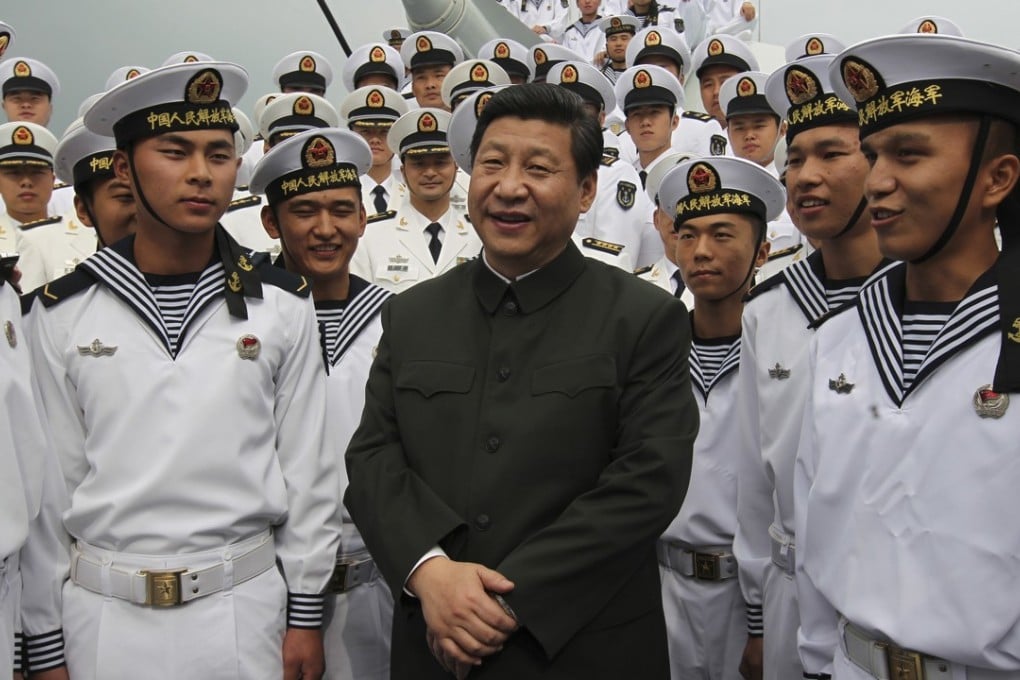Home-grown aircraft carrier tops list of major additions to China’s navy in 2017
Beijing marks 90th anniversary of the founding of its military with some hefty additions to its maritime fleet

China celebrated the 90th anniversary of the founding of the People’s Liberation Army in 2017 with a massive military parade in Inner Mongolia.
President Xi Jinping has made modernising the world’s biggest armed force – which comprises about 2 million personnel – a priority. And on July 30, as he inspected 12,000 assembled troops standing amid row upon row of missile launchers, tanks and personnel carriers, while squadrons of bombers and jet fighters soared overhead, he must have felt pretty pleased with himself.
The only thing missing from the July parade was a naval presence, but that was probably more to do with topographical issues than anything else.
Indeed, amid rising tensions on the Korean peninsula and the ever present concern of being “contained” by the United States and its allies off its east coast, China has been keener than ever this year to grow and show its maritime muscle.
If you missed them, here are the five major additions to China’s navy over the past 12 months: